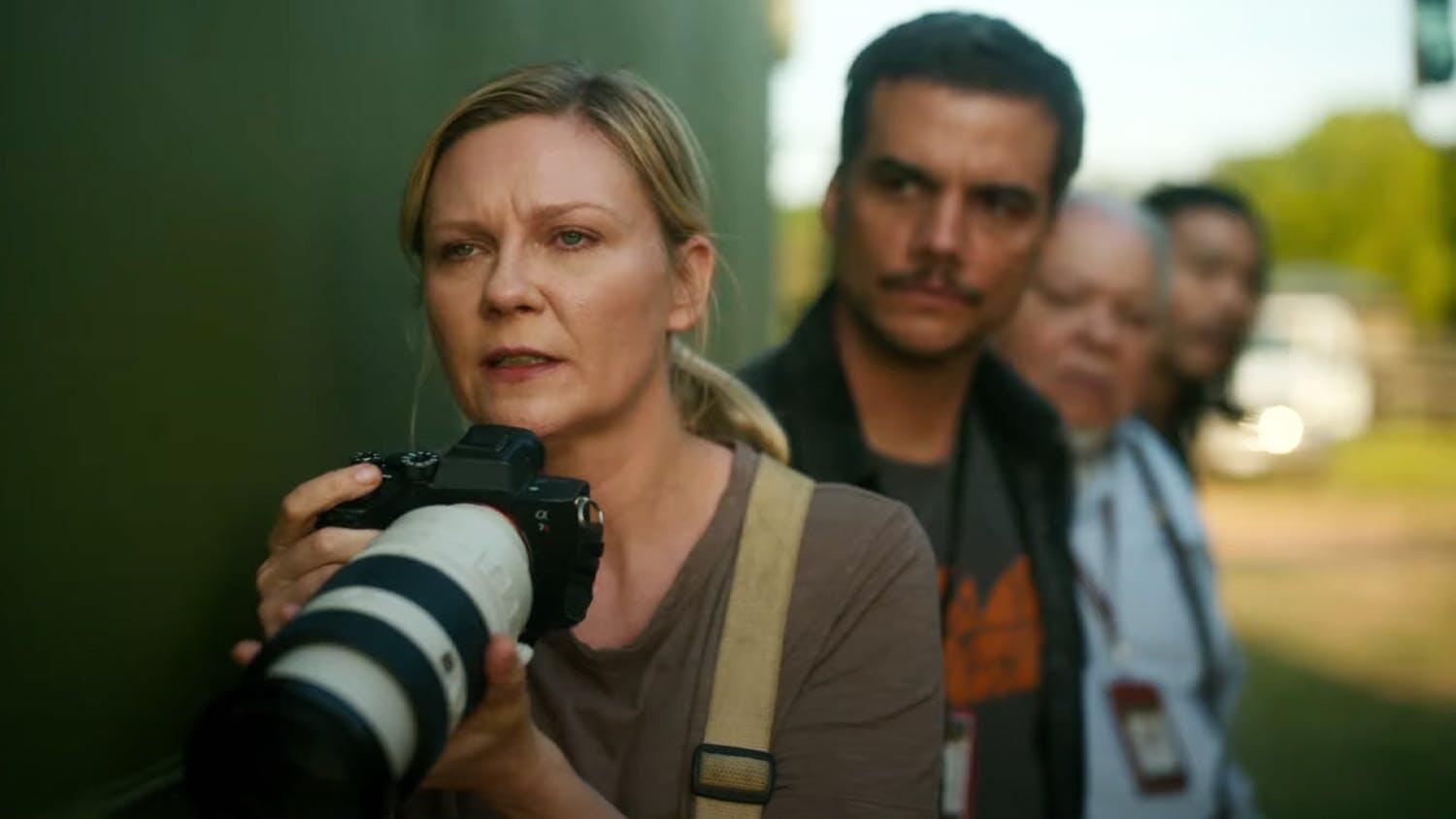by Philip French
Stanley Kubrick’s 2001: A Space Odyssey is remarkable on a number of counts. Firstly, it is perhaps the first multi-million-dollar supercolossal movie since D. W. Griffith’s Intolerance fifty years ago which can genuinely be regarded as the work of one man. True, Kubrick acknowledges assistance on the screenplay from the science-fiction author Arthur Clarke, and he is immensely indebted to his director of photography (Geoffrey Unsworth), his production designers and special effects team; but he has supervised each phase of the film personally, and can be said to be wholly responsible for its every aspect. In doing so he has established that it is possible for such a picture to be as personal as any small budget nouvelle vague film. To do this a director needs the necessary talent, authority, time and stamina (five years of Kubrick’s life are invested here): take away one of these elements and the result would be different. For instance, the other young American director with whom Kubrick might be compared, John Frankenheimer, embarked on an equally expensive (if less ambitious) undertaking with Grand Prix—concentrating on the action sequences Frankenheimer clearly lost control of the movie’s personal side which turned out lifeless and cliché-ridden. Like most directors, Frankenheimer had a tight schedule both for shooting the picture and preparing it for exhibition. The more expensive a film the more necessary it becomes to get it shown rapidly, for every day more interest is accumulating on the bank loans. As a result spectacular movies are often more rushed—and, consequently, rougher round the edges—than much cheaper pictures. Moreover, Kubrick has made his picture without any established stars of the kind banks usually insist on as the only obvious guarantee of box-office success. He has used several moderately well-known actors, but their roles are small; Kubrick’s name alone appears on most advertising. I would say, therefore, with regret, that Kubrick’s film is likely to remain a rare exception within the prevailing commercial system.
A second point—Space Odyssey is important as the high water-mark of science-fiction movie making, or at least of the genre’s futuristic branch. Oddly enough, SF was the first cinematic genre to be established —by the great pioneer Georges Méliès at the turn of the century, with films such as Le voyage dans la lune and Le voyage à travers l’impossible—and the last to become fully accepted both artistically and commercially. Before World War II there were few major SF films: only Fritz Lang’s Metropolis (1926) and William Cameron Menzies’ Things to Come (1936), both of which I imagine have influenced Kubrick, come readily to mind. For a variety of political and social reasons, SF movies began to flourish in the 1950s in the United States (mainly movies seizing on McCarthy era paranoia), followed by Europe in the 1960s. From Czechoslovakia we had the brilliant, if pretentious, Ikaria XB-1 (a film close in spirit to the Swedish space opera Aniara), and from Russia First Cosmonauts on Venus, a modest, charming movie that was apparently one of a number produced by a Russian company set up especially to make SF films. But, most significantly, the French directors Jean-Luc Godard (Alphaville), Francois Truffaut (Fahrenheit 451) and Chris Marker (La Jettee) found methods of making imaginative futuristic SF films without being drawn into the prohibitive expense, and consequent lack of artistic control, that these films usually entail.
Thirdly, Space Odyssey is of great interest as a further stage in the development of Stanley Kubrick, a fastidious director of small output. Varied as the subjects and settings of his films have been, he has consistently pursued personal themes and preoccupations to the extent that his first major film, The Killing (1956), and the five that have followed it constitute an oeuvre. Stylistically, Kubrick has few obvious distinguishing features. Critics have pointed out the expressionistic effects that dominated Killer’s Kiss (1954) and still linger on in The Killing, the penchant for elaborate camera movements one finds occasionally in Lolita, that might be inspired by his favourite director Max Ophuls, and the frequent recourse to tracking shots. And there’s no denying that his experience as a magazine photographer has given him an eye for composition. Nevertheless, it seems to me that Kubrick’s camera style generally eschews elaborate fancy flourishes, idiosyncrasy, or hollow striking effects. Precision is the keynote. When he wants you to listen to what is being said he keeps his camera still; when in Dr. Strangelove he wishes the audience to take different attitudes to his four simultaneous centres of action—the airbase, the bomber, the war room, and the attacking land force—he devises a different but consistent form of lighting and camera movement for each. Yet, while the visual style sensibly varies according to the subject, Kubrick does usually have resort to some kind of opening commentary, either a first-person narrator, or as in the case of The Killing and Spartacus an impersonal voice establishing the scene. He also develops his plots in similar ways to bring out themes that especially interest him. As it took several movies to make this obvious, one used to think of Kubrick as a somewhat impersonal director.
Tom Milne (Sight and Sound, Spring 1964) has seen Kubrick’s movies as traps for their heroes, and has compared them with classical tragedy. On similar lines I once suggested – and the idea has since been elaborated by David Sylvester and Paul Mayersberg—that all Kubrick’s pictures are about plans that go wrong. Most obviously, in The Killing there is an immensely elaborate scheme to rob a race track that is ruined by an accidental betrayal of one participant. There’s nothing wrong with the scheme itself, merely with the people who operate it. And the film develops on parallel lines—the careful plan going forward alongside the forces leading to its inevitable destruction. The same pattern underlies Paths of Glory, Spartacus, Lolita and Dr. Strangelove, and they all have the same wry, semi-tragic underplayed ending, part coda, part calculated anticlimax, that manages to be both surprising and inexorable. His characters are overreachers who have committed themselves to an unattainable perfection, a scheme to control the disorder of the universe, to impose form upon their lives, and instead of this liberating them they are damned by it. Each movie, of course, raises other issues in terms of its subject, yet each has this particular underlying movement. One comes across it again very precisely in Space Odyssey….
From London Magazine




